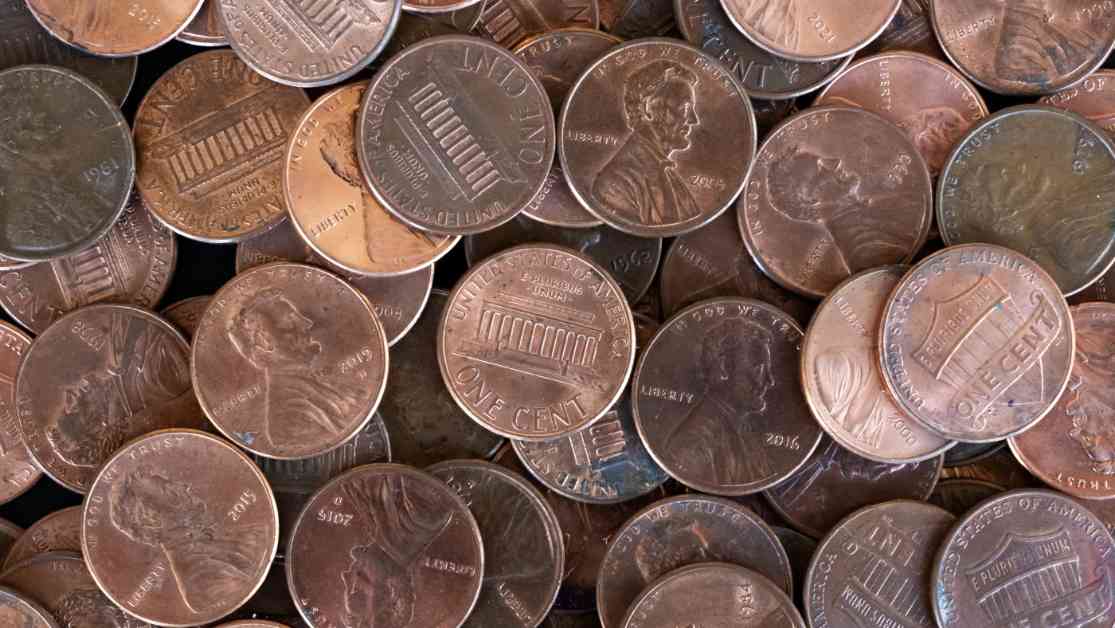The Treasury Department has ordered its last delivery of blank pennies. Once that’s exhausted, the federal government will stop minting the one-cent coins, which each cost nearly four cents to produce.
The Trump administration is hoping to save some serious cash by phasing out the penny. The Treasury Department has placed its final order for blank pennies and is planning to halt the production of one-cent coins as soon as the current stock runs out. With each penny costing almost four cents to make, the move is expected to lead to immediate savings of $56 million annually. A Treasury spokeswoman has confirmed the decision, which was initially reported by the Wall Street Journal.
President Trump had called for the phase-out back in February, following the lead of countries such as Canada, New Zealand, and Australia, which have already done away with their one-cent coins. Despite the discontinuation of minting pennies, they will still remain legal tender, which is a relief considering there are over a billion dollars’ worth of pennies in circulation. However, most of these coins are rarely used and often end up sitting in jars or getting lost in the depths of people’s pockets.
The introduction of the penny dates back to 1793, just a year after the Mint was authorized by Congress. President Abraham Lincoln became the first president to be featured on a coin in 1909, marking the centennial of his birth. Carl Sandberg had expressed his approval of Lincoln’s face on the penny, stating that it suited the common folk to whom Lincoln belonged. Interestingly, Lincoln also graces the $5 bill alongside his presence on the penny.
During a recent hearing, Rep. John Rose, R-Tenn., suggested that phasing out the penny could lead to an increase in the demand for nickels. However, minting nickels is also a money-losing endeavor for the government, as each five-cent coin costs around 14 cents to produce. Treasury Secretary Scott Bessent informed lawmakers that the administration is looking into adjusting the composition of nickels to break even on their production. Secretary Bessent also noted that the dime proves to be quite profitable compared to the penny and nickel.
With the dwindling use of cash payments, the phase-out of the penny might not create as much of a pricing headache for stores as initially anticipated. Less than one-fifth of all transactions are conducted using cash, as reported by the Federal Reserve Bank of Boston. As the U.S. prepares to bid farewell to the penny, the future of the nickel remains uncertain, with potential changes in its composition on the horizon to make it a more economically viable coin to produce.



















